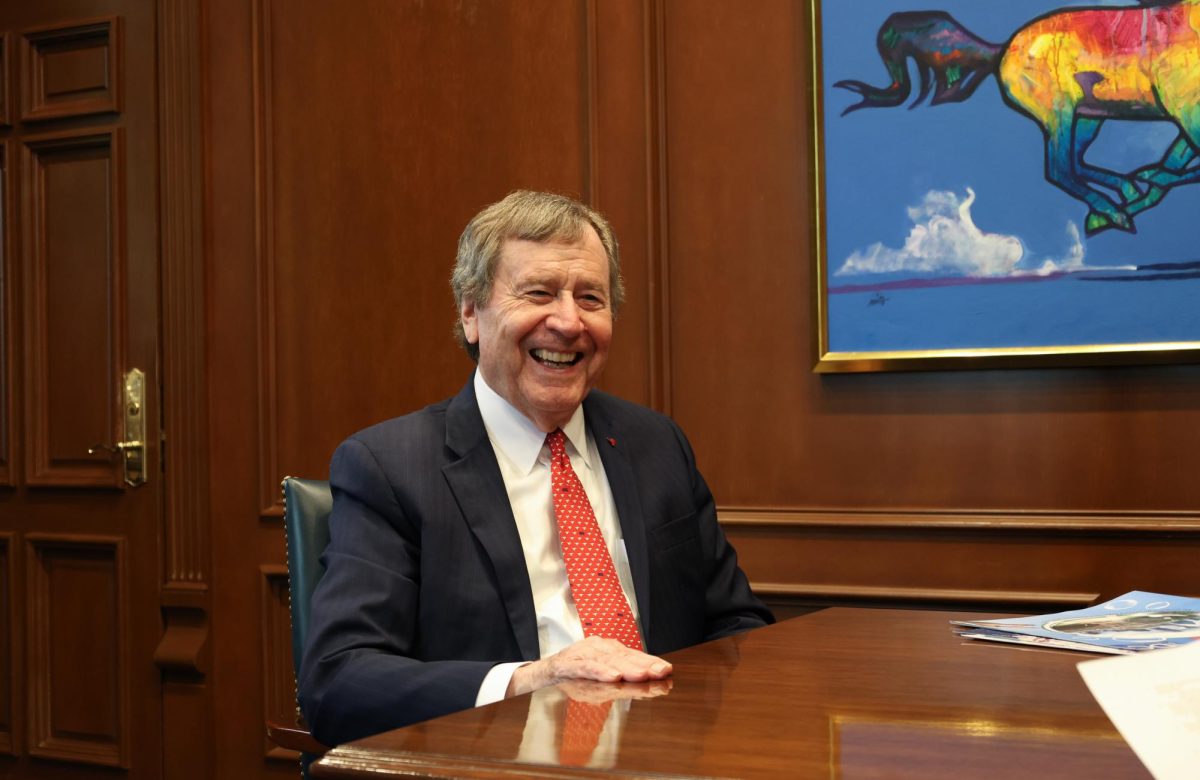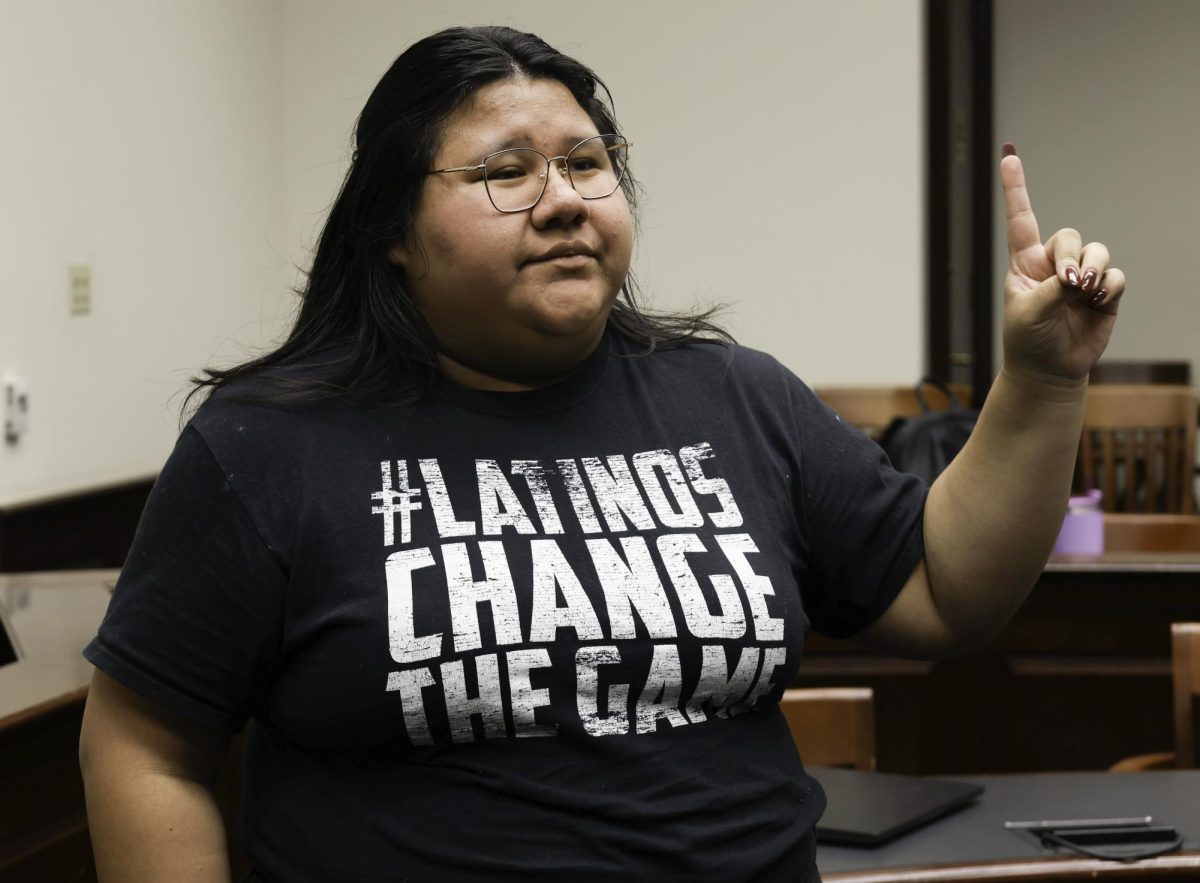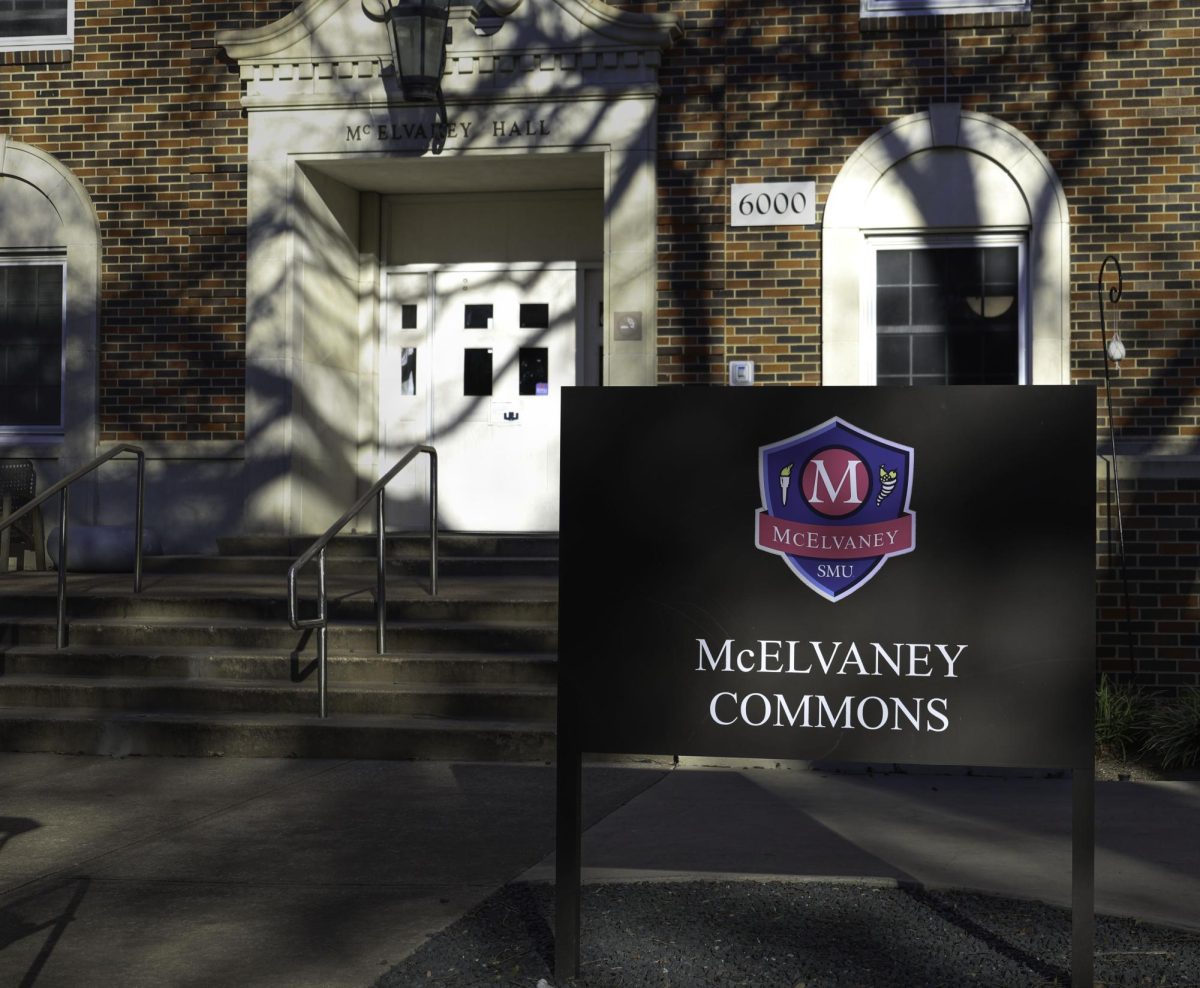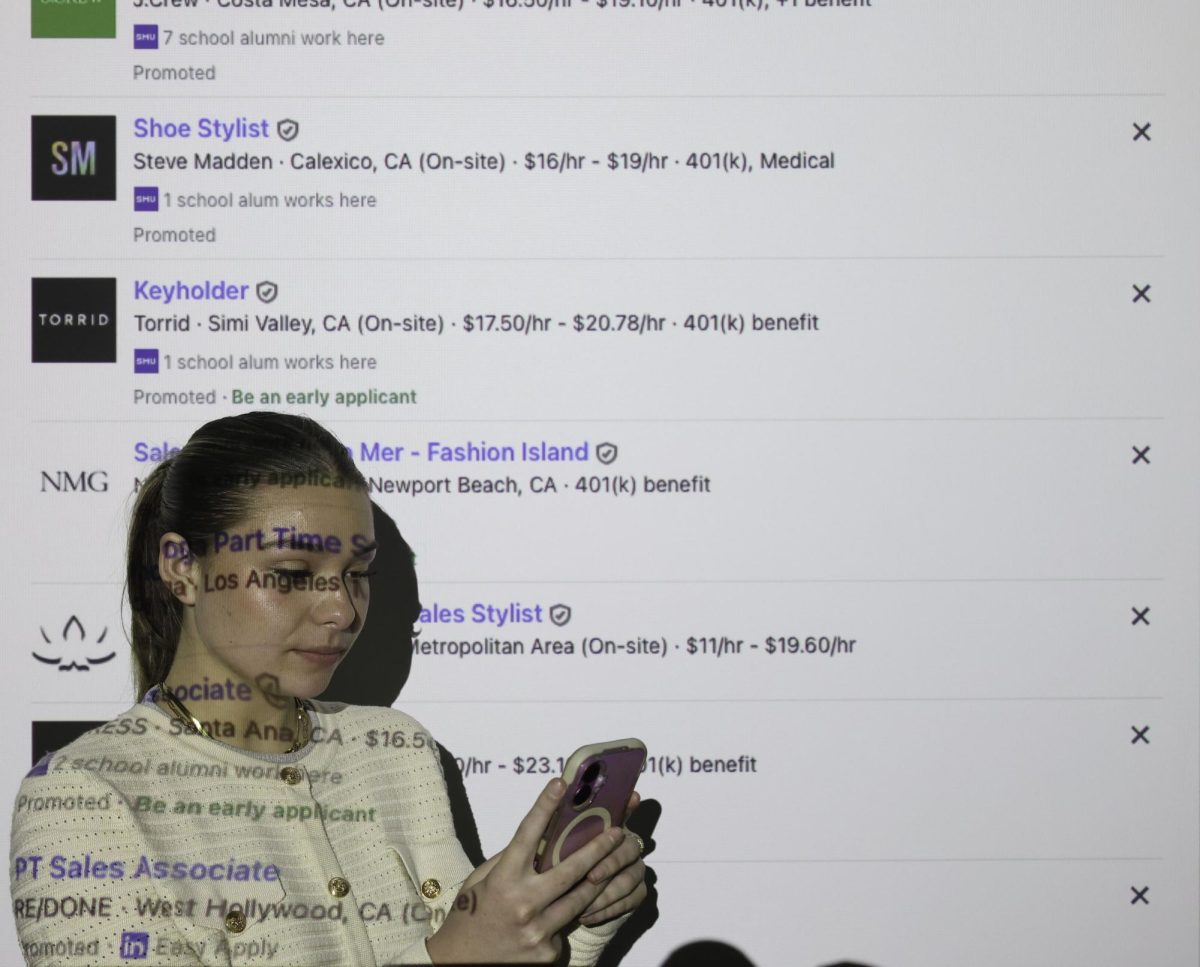
Meadows faculty shows work
The annual Meadows Division of Art Faculty Exhibition is going on at the Pollock Gallery until Saturday, Feb. 15.
This year’s show, titled “Recent,” includes work by 16 professors. Faculty members show their work from the past year in numerous mediums such as sculptures, printmaking and digital photography.
When the Meadows Museum moved in 2001 to its new location, so did the exhibit to Pollock.
Traditionally, there is a rotation each year from the type of show put on.
One year the show may highlight one professor’s work while the next highlights a group of professors.
The show is also an opportunity for art students to learn outside of the classroom, Philip Van Keuren, director of the Pollock Gallery said.
“Works of art need to be seen in person,” Van Keuren, also an assistant professor of art and curatorial studies, said.
It is common for professors to be directors of galleries at universities Van Keuren said. Also called teaching galleries, these facilities are considered extensions of the classroom.
What separates the SMU faculty exhibit from other university exhibits is that they tend to homogenize all the works of art, Van Keuren said.
“Everyone is an individual. You won’t confuse any of these works of art from each other,” he said.
Van Keuren’s work in the exhibit is a medieval art form called diptych – two separate works of art placed side by side. The images, titled “Gale” and “Window III” may appear different from each other but they match, Van Keuren said.
A distinct piece in the show is an ink drawing by full-time professor, Bill Komodore. The worked titled “Donkey King” was inspired by the notion of modesty, he said.
“The idea of humility to be a king, you don’t have to be showered with gold. You can sit on a donkey,” Komodore said.
Komodore wanted to also send a message with the material he used. He used a strong, handmade paper and drew the image small in relation to the canvas.
The donkey king almost appears insignificant, he said.
Another tradition of the faculty exhibit is to include the work of adjunct professors like that of Stefan Chinov, who taught a sculpture ceramics course last semester and is currently teaching at Brookhaven College.
Chinov’s piece, made of bronze and plaster, is an untitled study.
He was inspired by how figurative gestures are related to architecture and how people occupy architecture.
Naming a piece is also difficult to Chinov because the individual has its own interpretation and he did not want to them, he said.
“I don’t really want to nail it down to any subject matter,” Chinov said.








